21 Animals That Start with “C” that You Wouldn’t Eat
Hey there, fellow animal lovers and curious minds! Get ready to feast your eyes on our captivating list that unveils the top 21 animals starting with the letter “C” that you definitely wouldn’t want to munch on.
Trust me, we’ve got a wild lineup that will leave you scratching your head and reaching for the “nope” button.
From majestic beasts to quirky critters, we’re taking you on a whirlwind tour through the animal kingdom, where we’ll uncover the reasons why these creatures are better admired than devoured.
So, grab a snack (of the non-animal variety, of course), kick back, and let’s dive into this fascinating collection of “C” creatures that will make you appreciate their beauty and uniqueness from a safe distance. Let the wild ride begin!
These are the 21 animals mentioned in the list:
- Cheetah
- Chimpanzee
- Chipmunk
- Cobra
- Cockatoo
- Collie (dog breed)
- Cormorant
- Cougar
- Coyote
- Crab
- Crane
- Crocodile
- Crow
- Cuttlefish
- Capuchin monkey
- Chameleon
- Clownfish
- Coral
- Cowbird
- Coypu (also known as nutria)
- Cuscus
Animals that Start with “C” That you Wouldn’t Eat
Cheetah
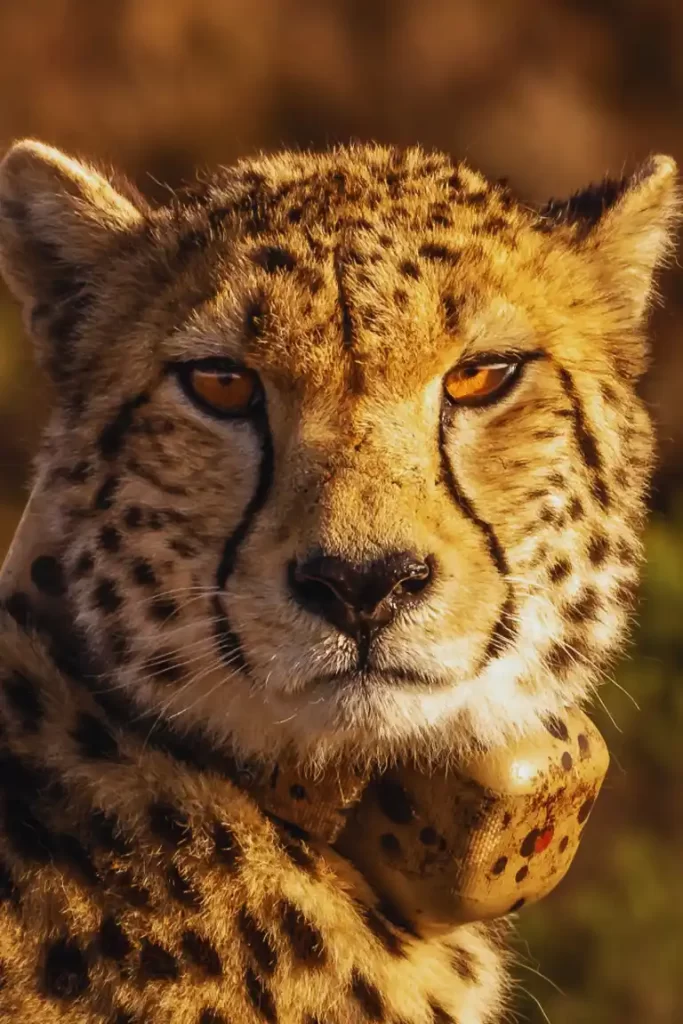
Cheetahs are like the Ferrari of the animal kingdom! These majestic predators can zip around at speeds of up to 70 miles per hour (113 km/h). They’re like the superheroes of Africa and Iran. People don’t eat cheetahs because they’re in danger of disappearing forever.
They’re protected by laws in many countries, and rightly so! Imagine taking a bite out of one of these amazing creatures—it would be like taking a bite out of extinction itself. So, let’s leave the cheetahs to roam the savannah and inspire us with their lightning-fast moves instead!
Chimpanzee
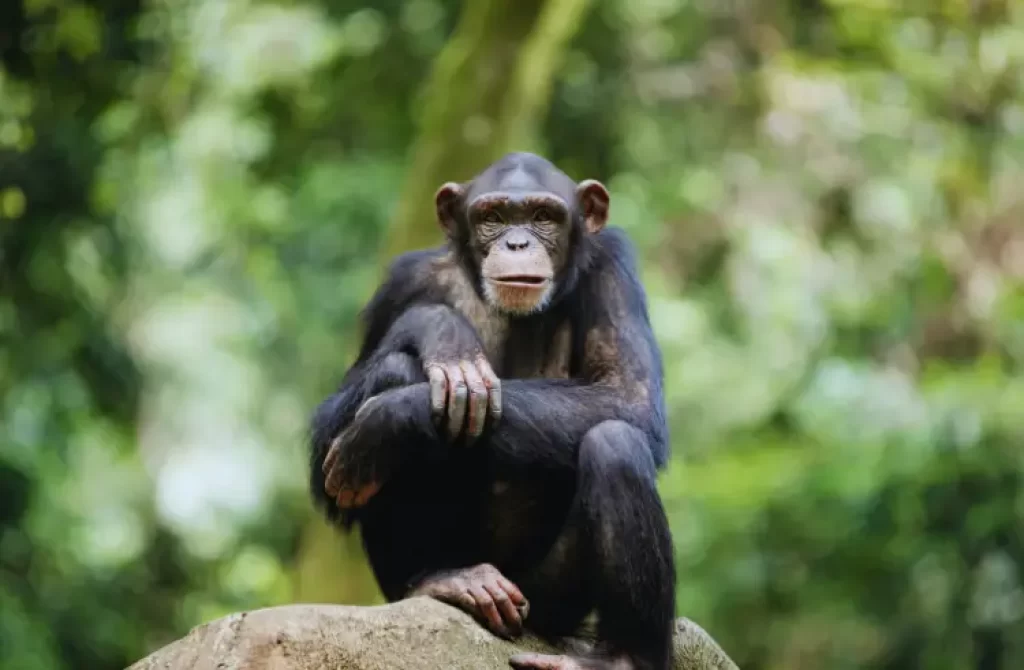
Chimpanzees are like our wild cousins from Africa! They’re super smart and can solve puzzles and use tools just like us.
They live in big groups and have their own chimpanzee society going on. These awesome creatures are actually endangered, so we need to protect them, not eat them!
Plus, they’re so close to us genetically that it would feel like chomping down on a distant relative. Imagine biting into a chimpanzee burger—it just doesn’t feel right, does it? Let’s keep the chimps swinging in the trees and impressing us with their brainpower instead of ending up on our dinner plates!
Chipmunk

Chipmunks are those adorable little critters that you often see scurrying around with their cheeks full of food! They’re like the tiny acrobats of the rodent world, with their bushy tails and cute striped fur. But don’t think about eating them!
Chipmunks are just too small to be a meal, and culturally, we prefer bigger animals for our plates. It’s like going to a buffet and choosing a crumb over a juicy steak—it just doesn’t make sense. So let’s leave these little cuties to enjoy their snacks and continue entertaining us with their energetic antics!
Cobra
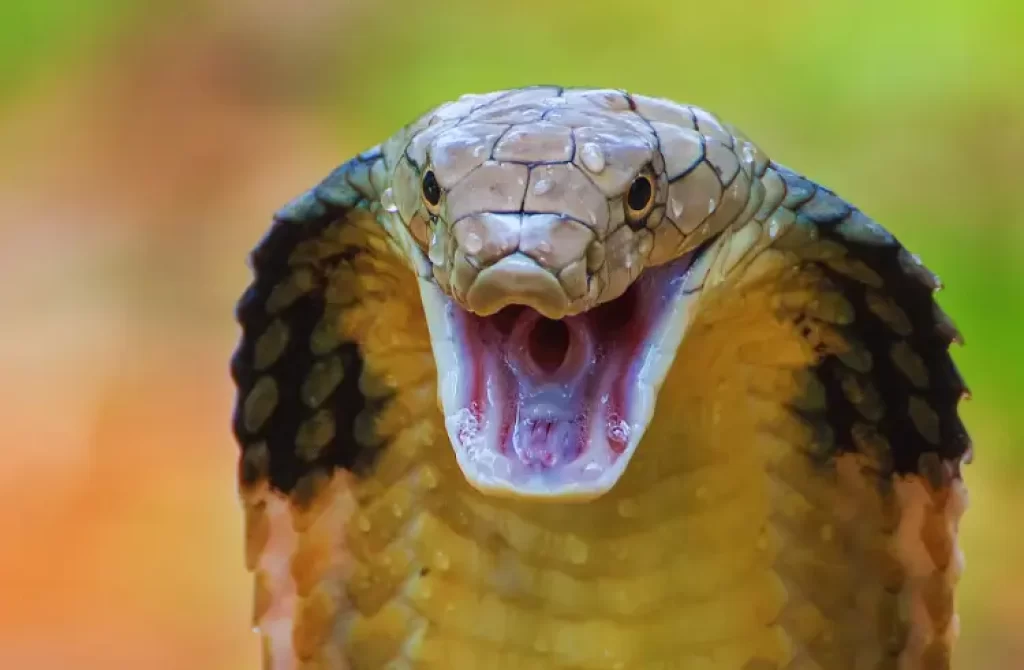
Cobras, those slithery serpents, are found in different corners of the world. They’re famous for their iconic hood and venomous bite. Now, here’s the deal: eating cobras is a big no-no.
Why? Well, they pack some serious venom in those fangs, and that’s not something you want to mess with.
Getting a bite from a cobra can lead to some nasty health risks. It’s like playing a dangerous game of snake roulette with your taste buds. So, it’s best to admire these formidable creatures from a safe distance and leave the cobra cuisine for other, less venomous options.
Cockatoo
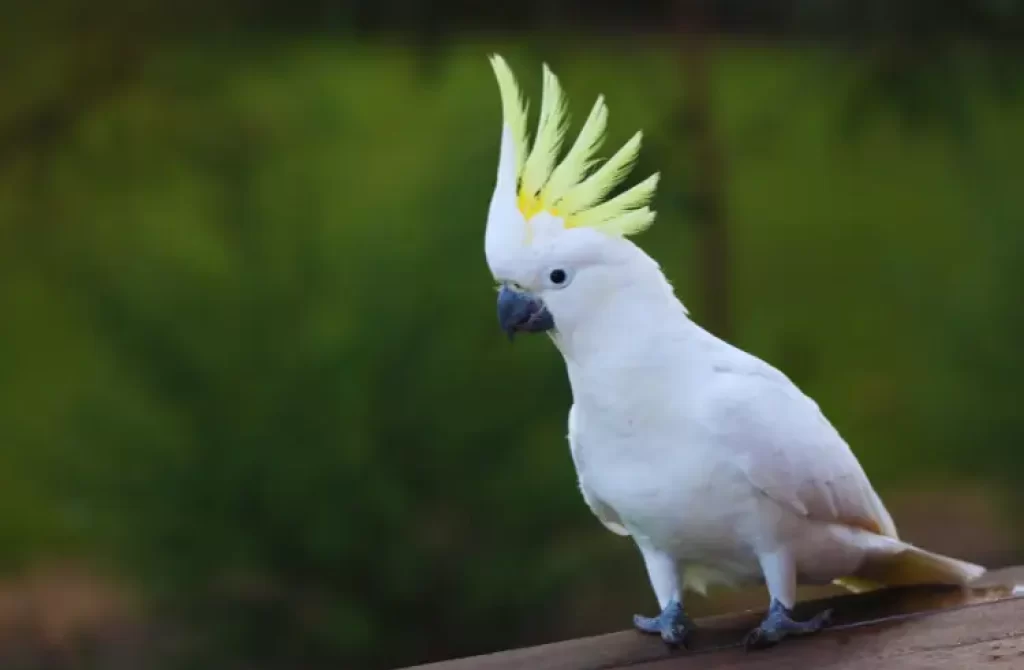
Cockatoos, those gorgeous feathered buddies, are native to Australia, Indonesia, and nearby areas. They’re like little avian celebrities with their fancy crests and captivating voices. Here’s the deal: we don’t eat cockatoos.
They have a special place in our hearts as beloved pets or wild wonders. They’re not something you’d find on a menu because they hold cultural value and are protected for their conservation.
Can you imagine feasting on a bird that could’ve been someone’s companion or a symbol of biodiversity? It just doesn’t sit right.
So, let’s keep cockatoos as delightful companions or marvel at their beauty in the wild, but definitely not on our dinner plates!
Collie (dog breed)
Collies, those loyal and intelligent doggos, are quite the stars! They’re famous for their herding skills and being fiercely loyal companions. Now, here’s the scoop: we don’t eat collies.
Dogs, including these lovely collie pals, are cherished as companions or working partners in many cultures.
They’re part of our families, not our meals! It’s like having a best friend and then deciding to have them for dinner—it just doesn’t make sense.
So, let’s cuddle and play fetch with our collies, appreciating their amazing qualities, but leave the dining table for other delectable options that don’t have wagging tails and wet noses.
Cormorant
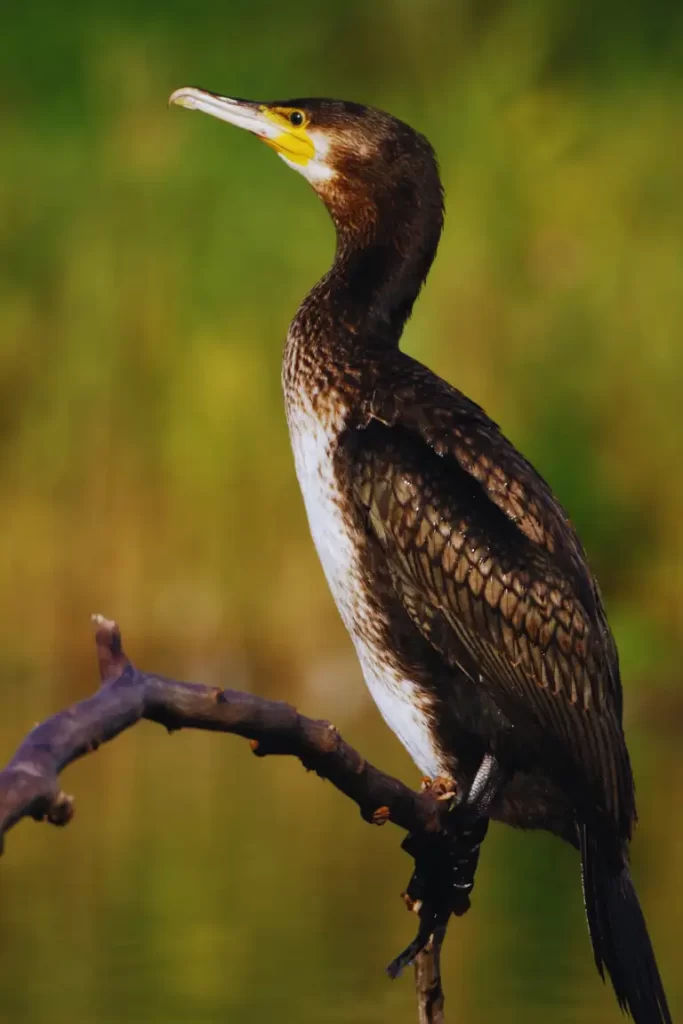
Cormorants, those skilled aquatic birds, are a sight to behold! You can find them near coastlines and freshwater habitats all around the world.
Here’s the deal: we don’t really eat cormorants. Sure, they’re experts at diving and catching fish, but their taste is just too fishy for most folks.
Besides, they’re not very big, so you won’t get much meat out of them anyway. It’s like biting into a mouthful of pure ocean flavor.
So, let’s leave these incredible divers to their underwater hunts and opt for other, more palatable options when it comes to our dining choices.
Cougar
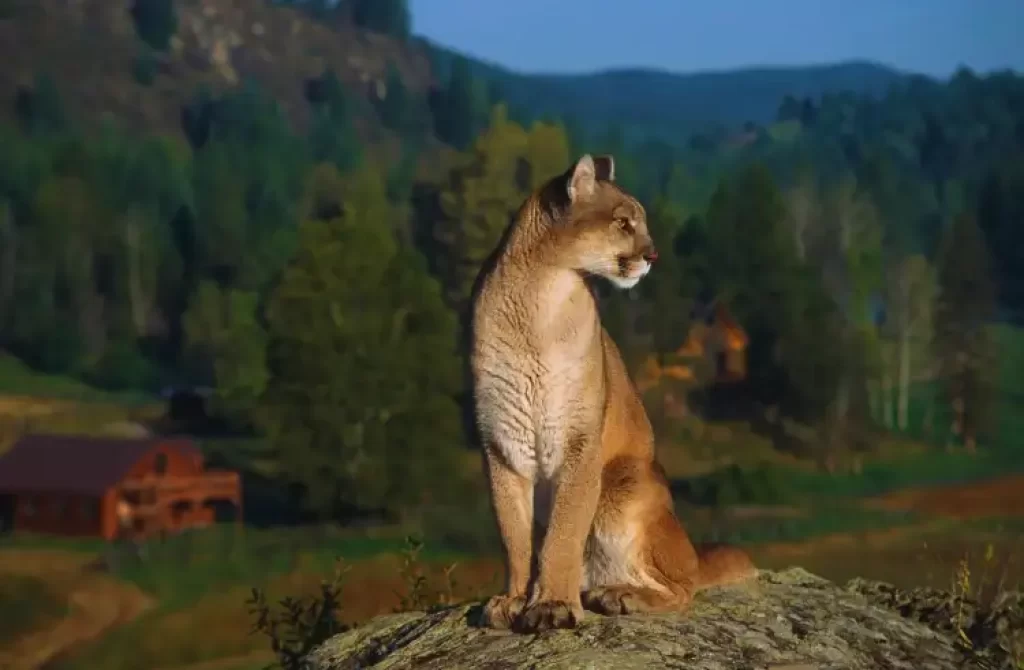
Cougars, also known as mountain lions or pumas, are like the ultimate big cats of the Americas! They’re strong, solitary hunters with a wide range of habitats. But here’s the thing: we don’t dig into cougar cuisine.
These majestic creatures are protected and valued for their important role in the ecosystem. Can you imagine sinking your teeth into such a wild and powerful being?
It just doesn’t feel right. So, let’s leave the cougars to roam freely, ruling their territories with grace and stealth, while we opt for other scrumptious options that don’t involve feasting on our feline friends. Save the cougars for admiration, not for dinner!
Coyote
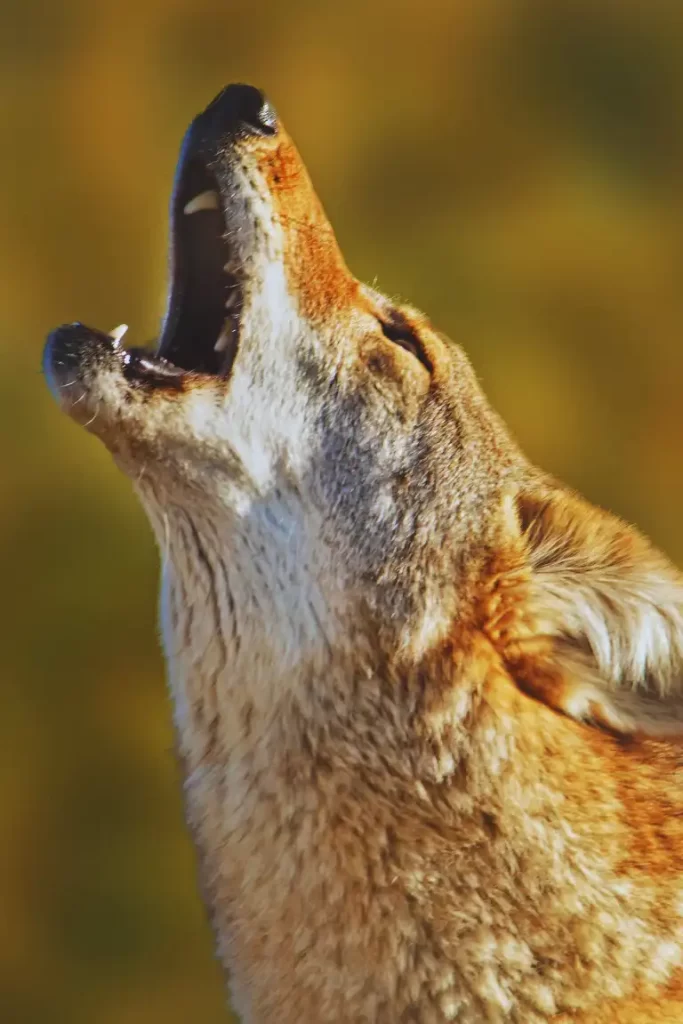
Coyotes, those clever and adaptable canids, are like the chameleons of North and Central America! They can survive in various habitats and are known for their cunning ways.
But here’s the scoop: we don’t chow down on coyotes. There are cultural taboos surrounding their consumption, and they play a vital role as predators in our ecosystems. Plus, there are concerns about disease transmission.
It’s like taking a bite out of the wild itself. So, let’s appreciate the coyotes from afar, admiring their resilience and adaptability, while we satisfy our hunger with other delectable options that don’t involve dining on these resourceful creatures.
Crab
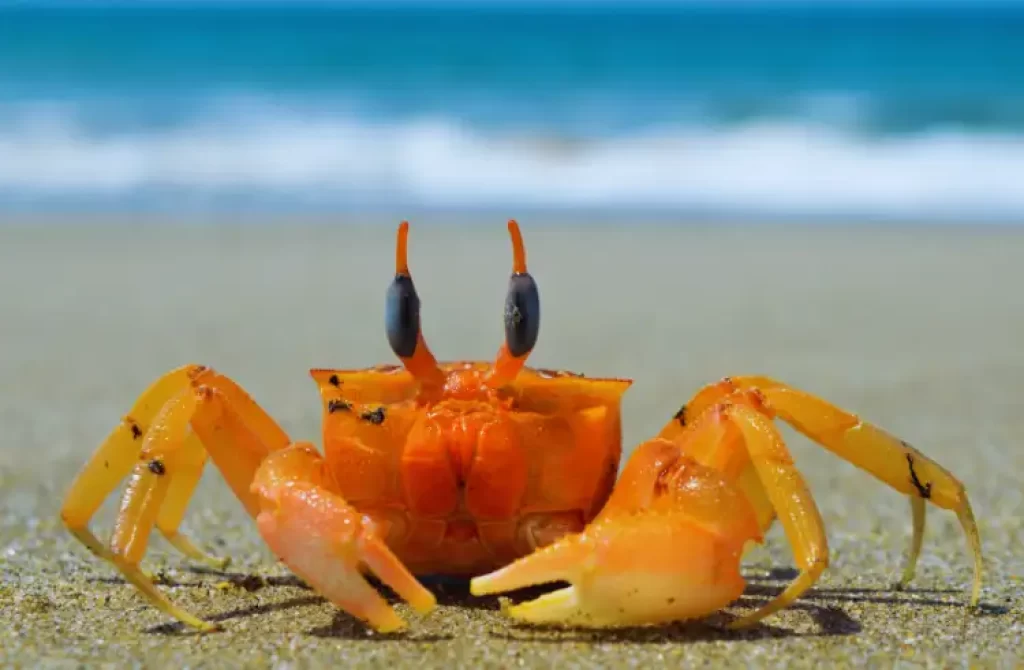
Crabs, those claw-some ocean critters, are the rockstars of the seafood world! They come in all shapes and sizes, with their tough exoskeletons and sideway shuffling moves. But here’s the scoop: not every crab gets the VIP treatment on our plates.
Some of the smaller or less popular species don’t make it to the seafood extravaganza. It’s like being at a seafood buffet with all the big, juicy crabs stealing the spotlight, while the little guys are left hanging out in the tide pools.
So, let’s give a shout-out to those underappreciated crabs, who may not be on the menu but still add their own unique charm to the coastal ecosystem. Keep shuffling, little crabbies, and rock on!
Crane
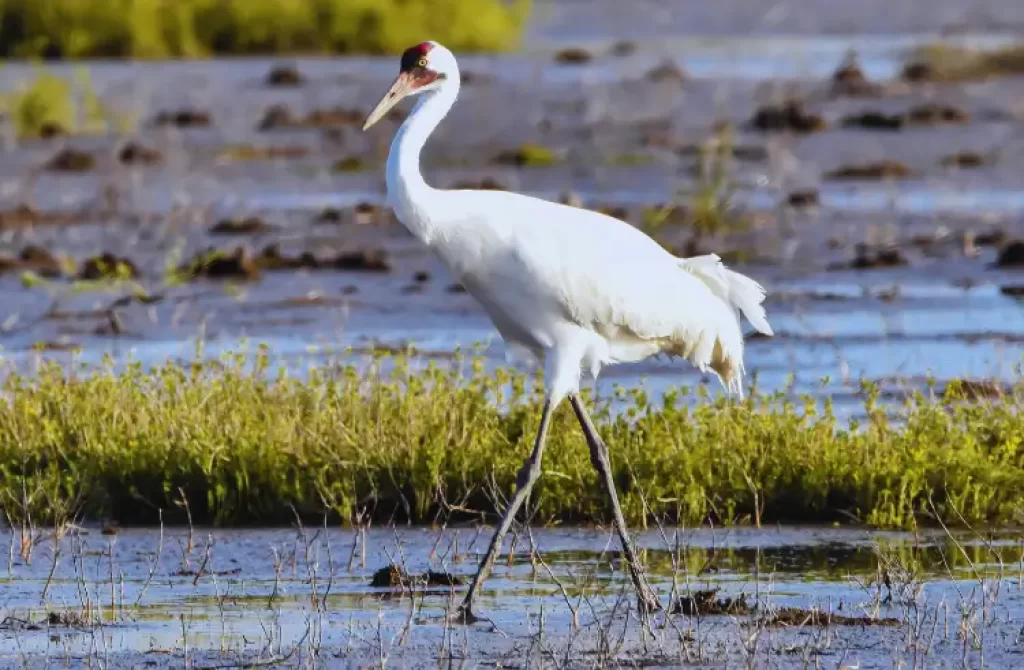
Cranes are these amazing, tall birds with long legs and necks that can be found strutting their stuff on almost every continent (except for chilly Antarctica).
They’re like the supermodels of the bird world, showing off their elegance and grace with some fancy courtship dances. In fact, cranes are so adored in many cultures that they’re considered symbols of luck, longevity, and love.
Because of their cultural significance and protected status, it’s highly unlikely that you’ll find people chowing down on crane meat.
These birds are treasured and celebrated rather than being seen as a culinary delight. So, if you’re feeling peckish and looking for a meal, it’s best to explore other options and leave the cranes to continue their majestic dances in peace!
Crocodile
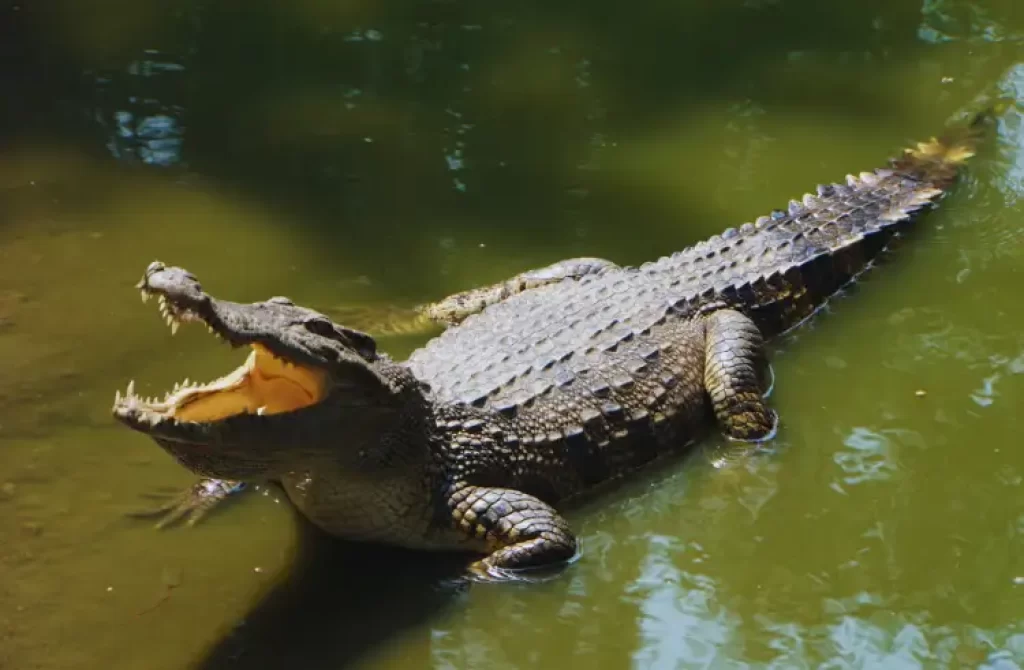
Alright, listen up! Crocodiles are these massive, water-dwelling reptiles you’ll find chilling in tropical areas. They’re like living dinosaurs, with long lifespans and jaws that can crunch just about anything. Seriously, you don’t want to mess with those jaws!
Now, here’s the deal: crocs aren’t exactly on the menu for most folks. There are some good reasons for that. First off, conservation is a biggie. These creatures are protected in many places because their populations have taken a hit over the years. Eating them would just add to the problem.
Plus, hunting and preparing crocodiles is no piece of cake. It’s a risky business, my friend. Those reptiles can be dangerous, and wrangling them isn’t a walk in the park. So, for safety reasons, it’s best to leave the crocs alone and opt for other delicacies that won’t give you a run for your money.
So, even though crocodiles might look like a hearty meal, it’s best to appreciate them from a distance and let them do their crocodile thing without becoming someone’s dinner.
Crow
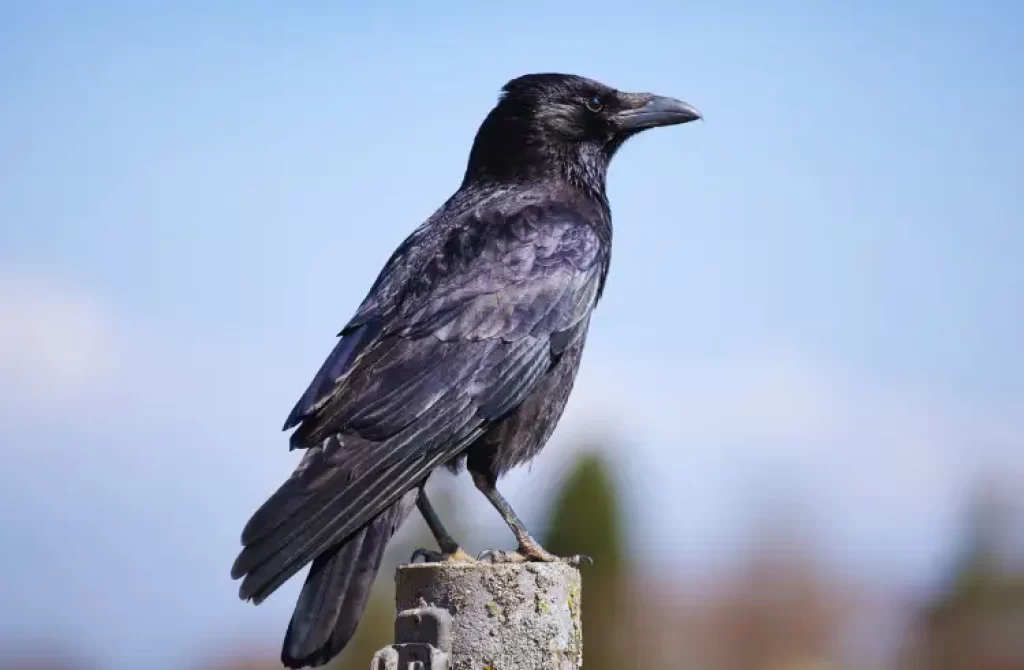
Crows, man, they’re some pretty clever and flexible birds that you can find just about anywhere on this planet.
They’re all decked out in sleek black feathers, and you can always recognize them by their loud cawing calls. These dudes are brainiacs, too, with problem-solving skills that would make your jaw drop.
But when it comes to grubbin’ on crows, most folks would pass. See, there’s some cultural stuff goin’ on there.
People have developed all these symbolic connections with crows, so they’re not seen as a meal. Plus, crows have this habit of snacking on carrion, which means they’re into chowing down on dead critters. That association with scavenging kinda takes away the appetite for many folks.
So, while crows are wicked smart and adaptable, it’s better to admire their skills and let ’em do their thing in the wild instead of considering them as a dinner option.
Cuttlefish
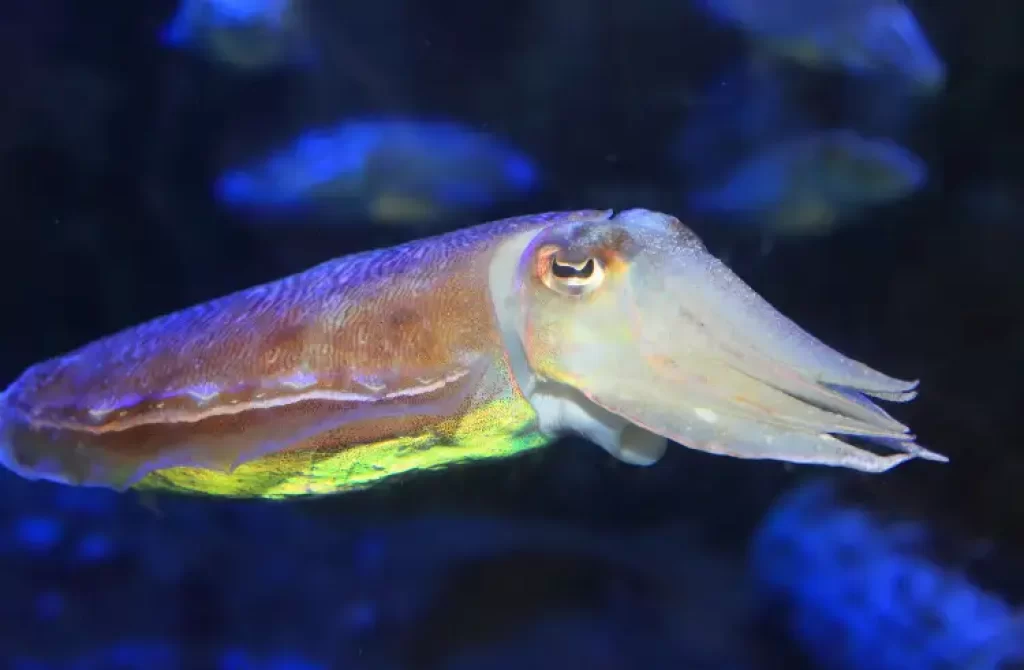
Cuttlefish, those enchanting creatures of the sea, are like the magical chameleons of the ocean! They’re closely related to squids and octopuses, with their soft bodies and mesmerizing ability to change color and patterns in the blink of an eye.
But here’s the thing: cuttlefish aren’t as popular on our dinner plates. It’s like they’re the hidden gems of the cephalopod world. Maybe it’s because they’re a bit smaller and have a unique texture that doesn’t appeal to everyone’s taste buds.
So while we enjoy the squids and octopuses that steal the culinary spotlight, let’s give a nod to these fantastic cuttlefish, who add their own touch of wonder to the underwater world.
Capuchin monkey
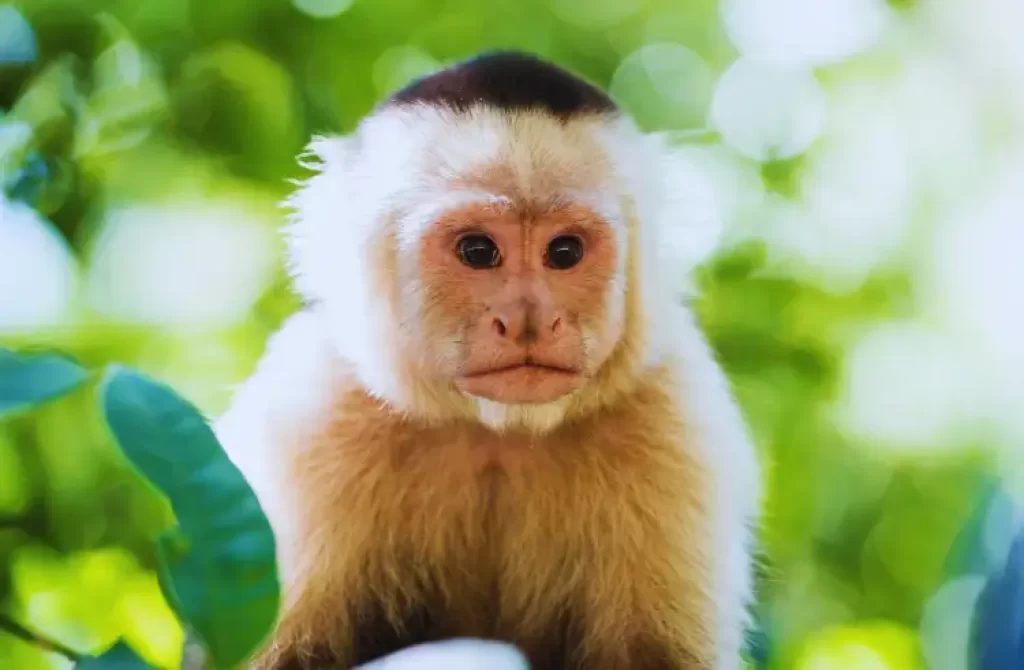
These little dudes are found swingin’ around in Central and South America. They’re New World monkeys and have some serious skills. Check out those dexterous hands, man! They can handle things like pros. Plus, they’re all about that social life, with complex social structures and interactions.
Now, here’s the scoop: capuchin monkeys aren’t usually on the menu for most people. Why? Well, first off, they’re pretty darn smart. Their intelligence puts them in a league of their own, and folks tend to appreciate their intelligence rather than thinking of them as a snack.
But that’s not all! Capuchin monkeys play a role in the wild, and they’re considered wildlife species. That means they have an important place in their ecosystems, and it’s best to leave them be.
Oh, and did I mention they’re protected in many regions? Yeah, that’s right. They’ve got some legal protection going on, which means it’s a no-go when it comes to chowin’ down on capuchin monkeys.
So, while they may look cute and all, it’s best to enjoy their company from a distance and respect their role as wildlife rather than considering them as a potential meal.
Chameleon
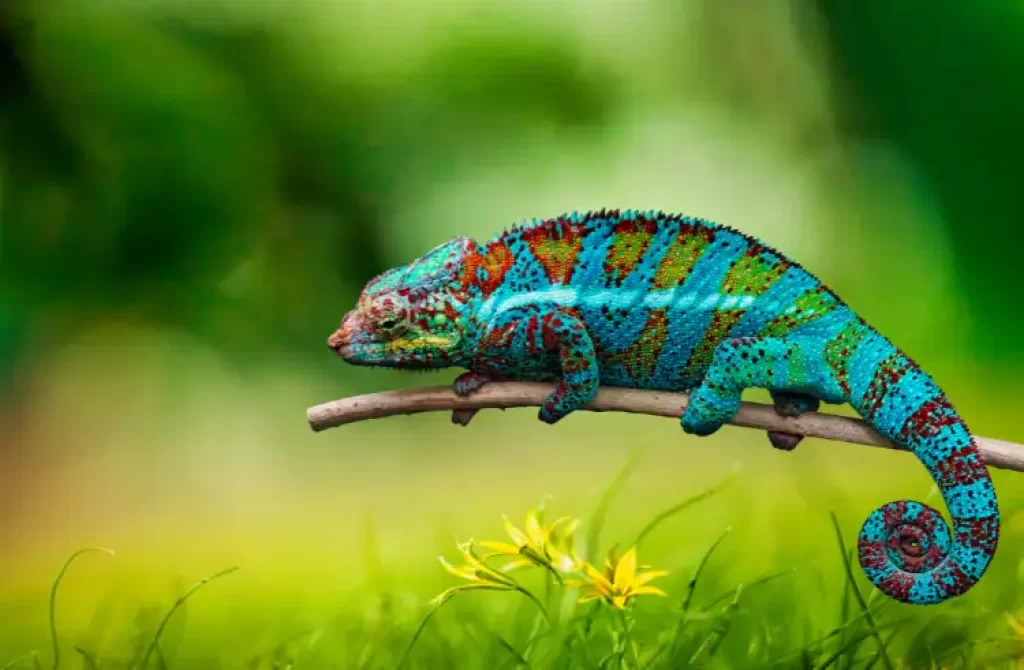
Alright, let’s talk chameleons! These cool reptiles have got some mad skills when it comes to changing colors.
They can blend right into their surroundings like camouflage wizards. You can find these guys hanging out in all sorts of places, from Africa and Asia to parts of southern Europe.
Now, here’s the deal: chameleons aren’t exactly the go-to grub for most folks. Why? Well, for starters, they’re pretty tiny creatures.
You won’t be getting a big feast out of them, that’s for sure. Their small size means they just don’t provide a whole lot of meat.
But that’s not all! Chameleons have also gained popularity as exotic pets. People love having these color-changing reptiles as companions, so they’re appreciated for their unique features rather than being seen as a food option.
Clownfish
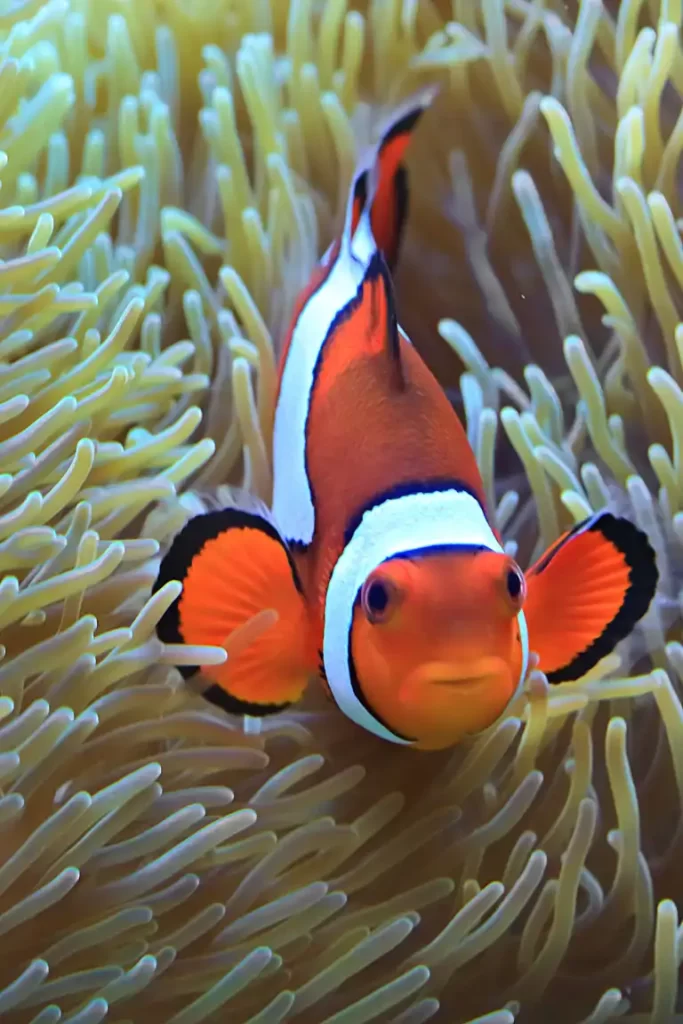
Clownfish, those vibrant little swimmers of the ocean, are like the aquatic clowns of the sea! They bring a splash of color to the warm waters of the Pacific and Indian Oceans.
But here’s the deal: we don’t munch on clownfish. They’re too small to make a satisfying meal. Plus, they’re super popular in the aquarium trade, where they bring joy and wonder to people’s homes.
Imagine trying to catch a slippery clownfish and serve it up for dinner—it just wouldn’t be right.
So let’s keep these lively little fish swimming in their colorful coral homes, enchanting us with their playful antics, and leave the dining table for other delectable options that don’t come with a side of aquatic comedy.
Coral
Corals, those mesmerizing marine wonders, are like the architects of the sea! They form intricate reef ecosystems that teem with life. But here’s the truth: we don’t chow down on corals. They’re not meant to be part of our culinary adventures.
However, here’s something to think about: the destruction of coral reefs can have a ripple effect on our food availability.
When unsustainable fishing practices and pollution harm these delicate ecosystems, it disrupts the homes and food sources of countless fish species.
So, while corals themselves aren’t on the menu, let’s do our part to protect these underwater marvels and ensure the abundance of fish and other marine creatures that rely on their vibrant reefs for survival.
Cowbird
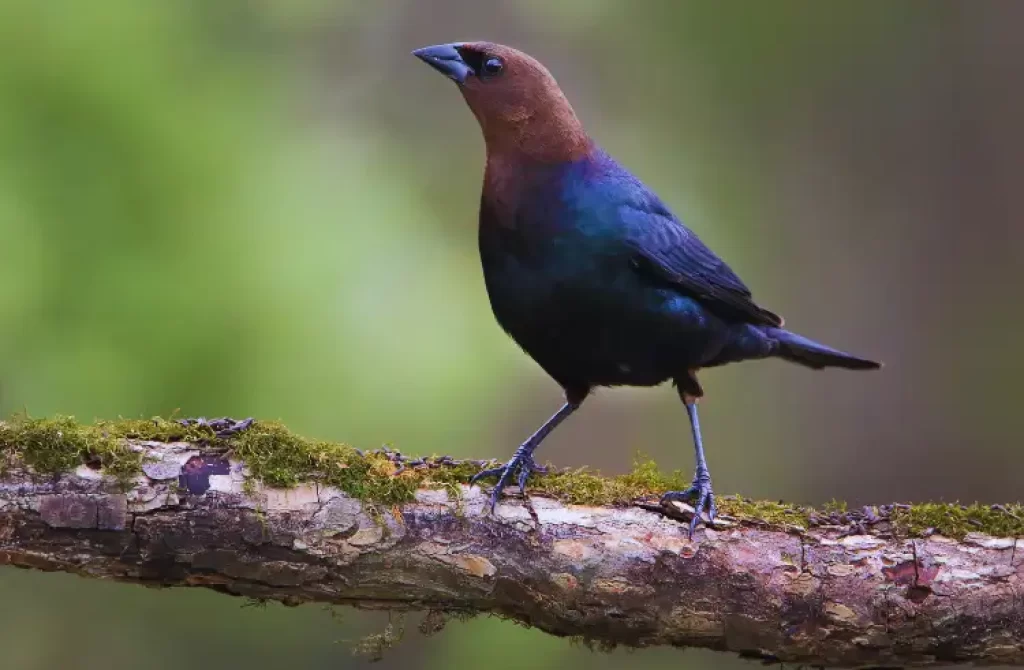
Cowbirds, those sneaky little songbirds of the Americas, have a unique breeding strategy up their feathers! They’re famous for being “nest parasites,” laying their eggs in the nests of other bird species.
But when it comes to dining, we don’t go for cowbirds.
They’re quite small, and our taste buds have other preferences when it comes to game or domesticated birds. It’s like going for a gourmet feast and skipping the tiny appetizers.
So, while we appreciate the clever ways of the cowbirds, let’s leave them to continue their crafty nesting habits while we enjoy the culinary delights that better suit our palates.
Coypu (nutria)
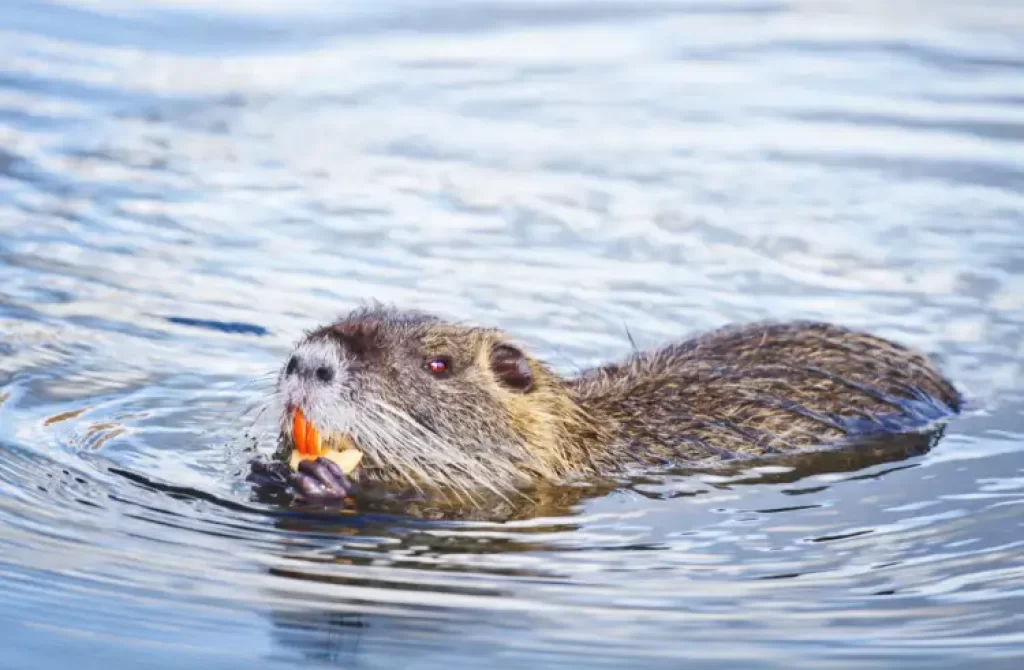
Coypus, those big rodents from South America, are quite the explorers of new territories! They’ve managed to adapt and become invasive in some regions. But when it comes to our dinner plates, coypus are not the go-to option.
It’s like they missed the menu train. While they may be hunted for their fur, their meat isn’t commonly consumed.
Perhaps it’s because of cultural preferences or maybe it’s their association with wetland ecosystems that keeps them off the culinary radar.
So let’s appreciate the coypus for their adventurous spirit and let them continue to thrive in their wetland homes, while we indulge in other flavorful dishes that tickle our taste buds in just the right way.
Cuscus
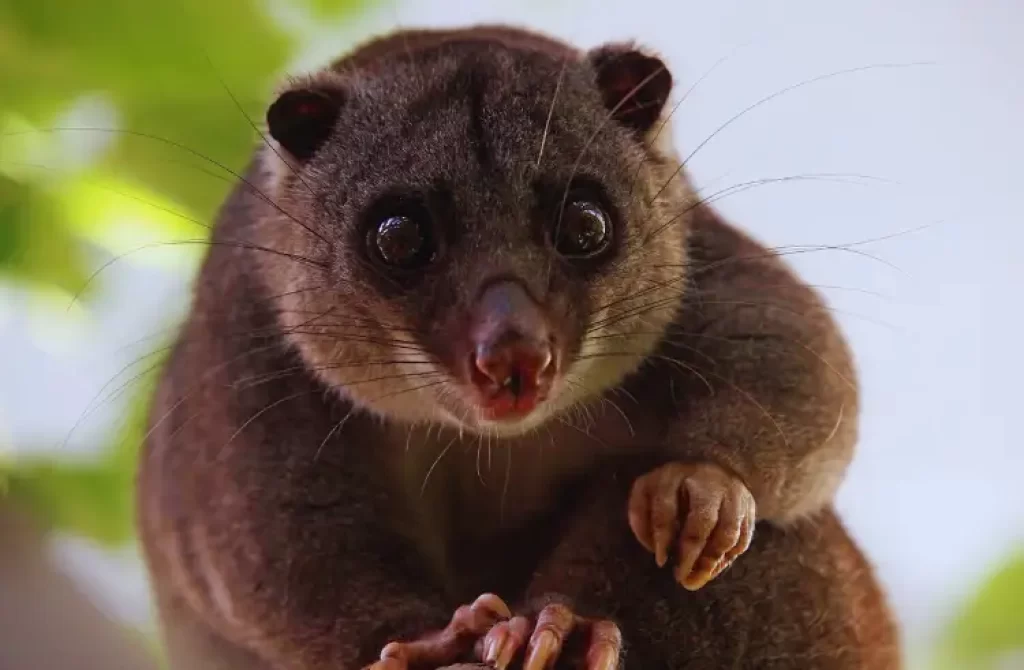
These furry critters are marsupials and can be found hanging out in Australia, New Guinea, and some nearby islands. They’re all about that tree life, being expert climbers with their awesome prehensile tails.
But here’s the deal: cuscuses aren’t usually on the dinner menu for most folks. Why’s that? Well, first off, they’ve got some protection goin’ on.
These animals are often protected in many areas because their populations have been facing some challenges. Eating them would just add to the problem, and that’s not cool.
On top of that, there are cultural factors at play too. Some societies have developed connections with cuscuses that discourage their consumption as food. So, folks tend to appreciate these marsupials for their natural beauty and uniqueness rather than considering them as a meal.
All in all, cuscuses are better left to do their thing in the wild and be admired for their arboreal talents and cuteness rather than being treated as a potential dish.
Conclusion
Well, folks, that wraps up our list of 21 animals that start with “c” that you wouldn’t eat! Personally, I can’t even imagine taking a bite out of a chameleon.
I mean, seriously, have you seen those little cuties? They’re super adorable, and the way they change colors is mind-blowing. It’s like nature’s very own magic show! I’d love to know what you guys think.
Which of these critters would you pass on as a meal? Drop your thoughts in the comments below!
I hope you’ve had a blast reading this article, and if you’re craving more fun reads like this, be sure to check out our website. We’ve got plenty of juicy content to satisfy your curiosity. Happy reading, my friends!







